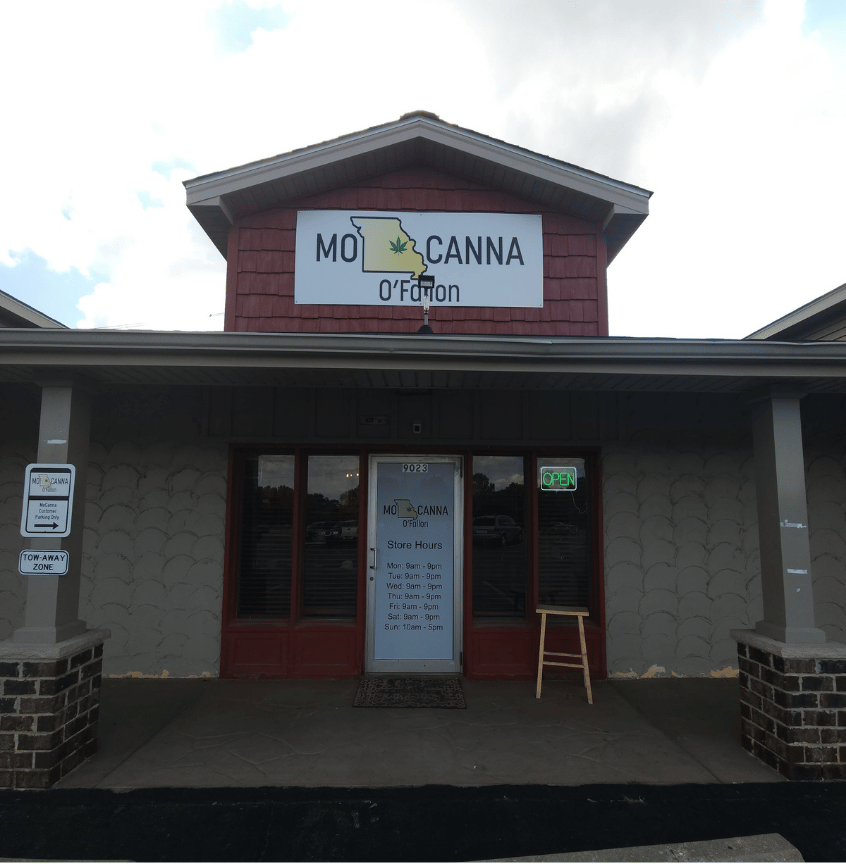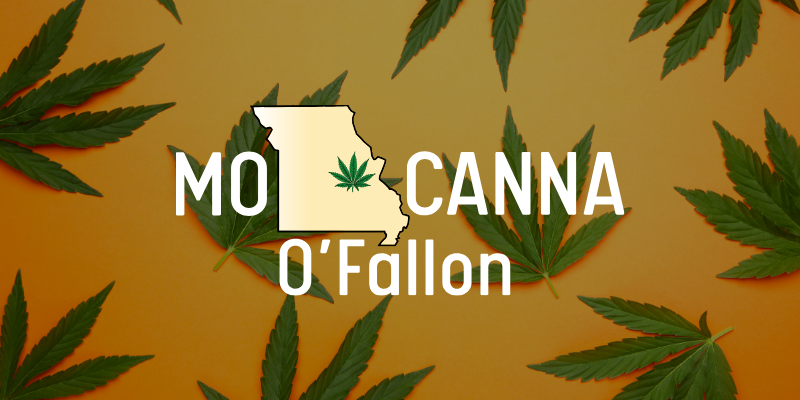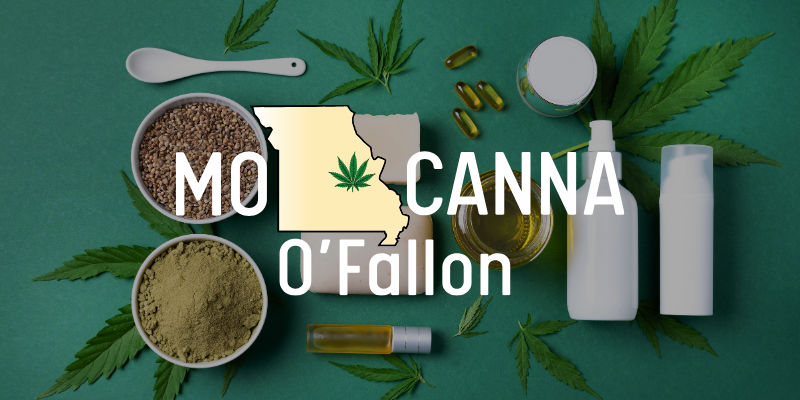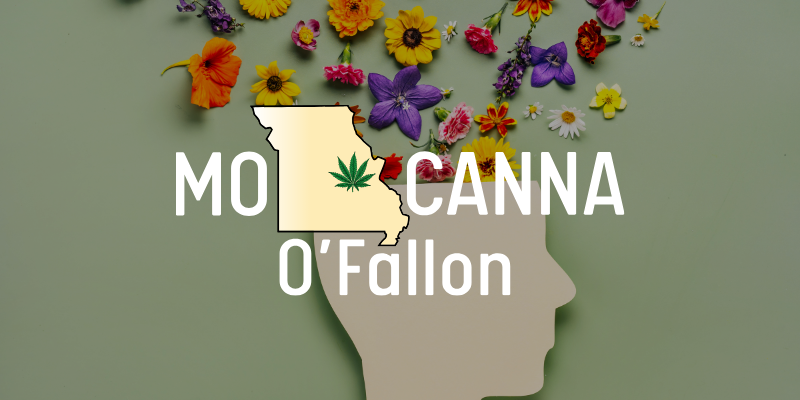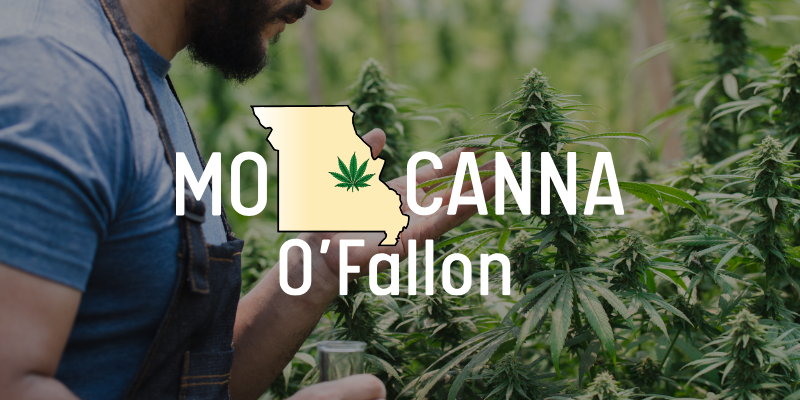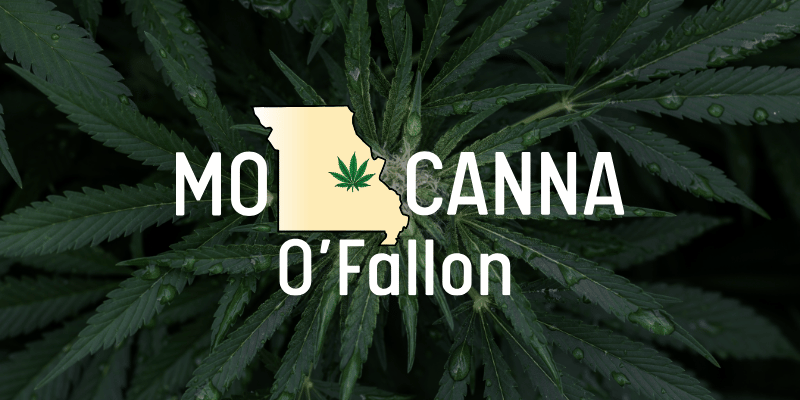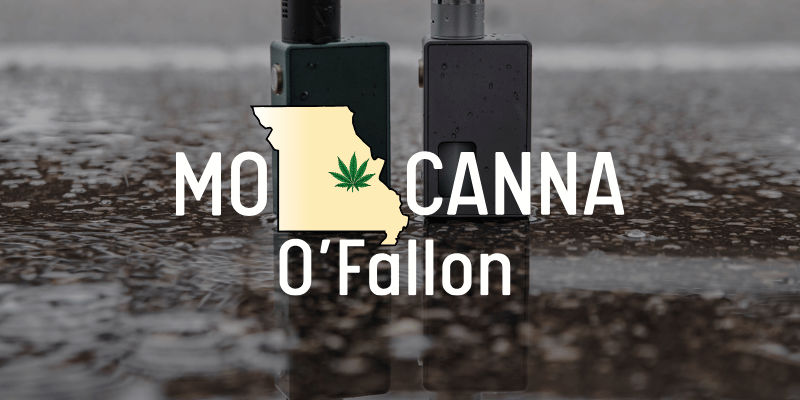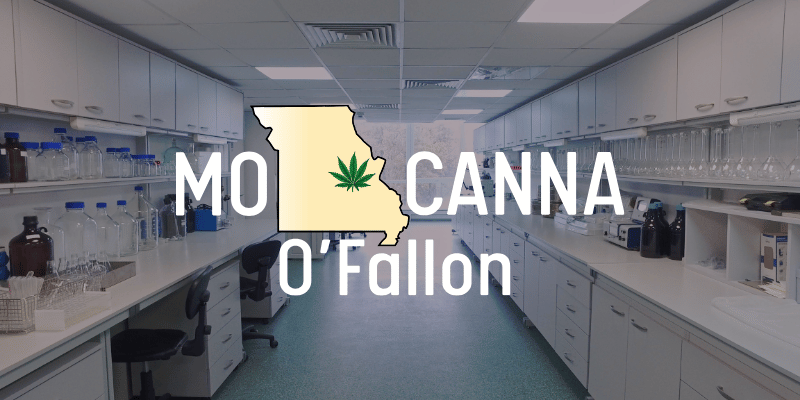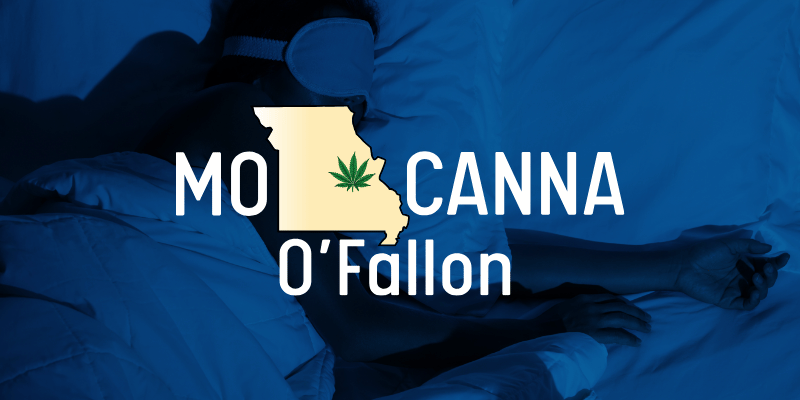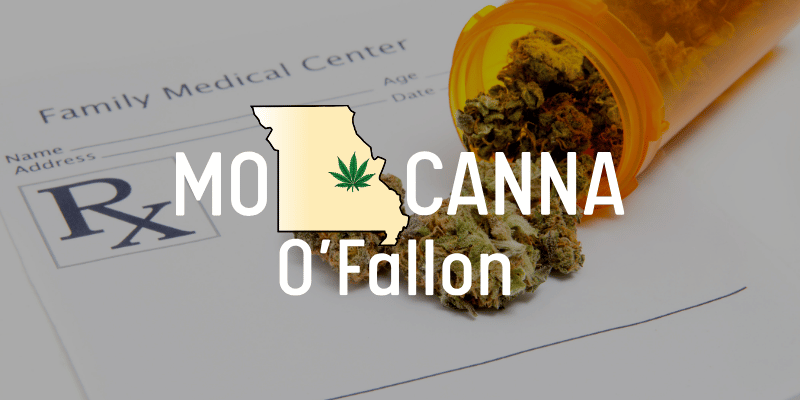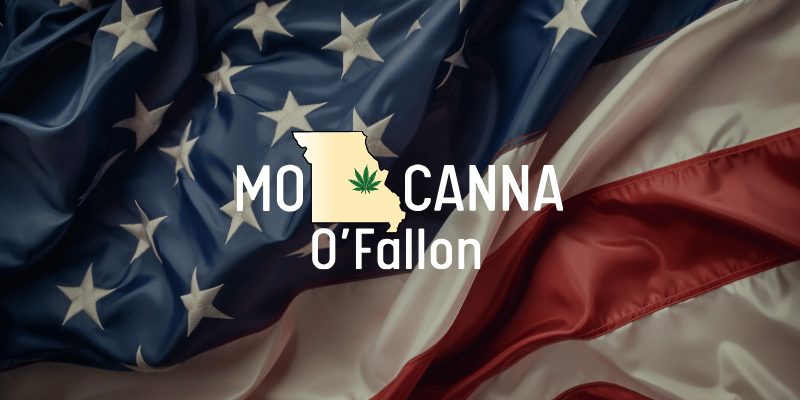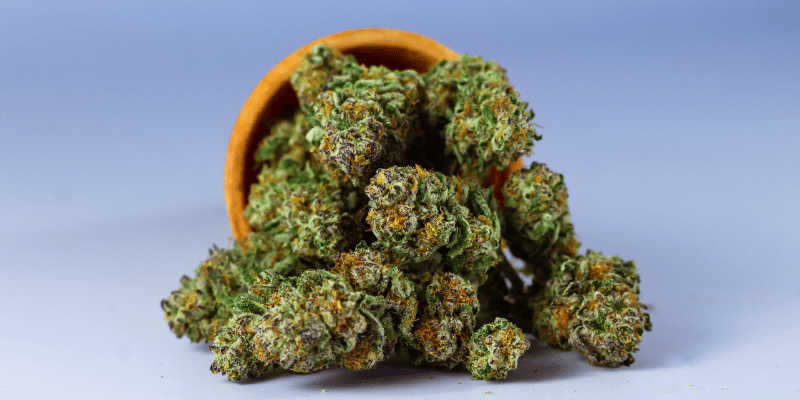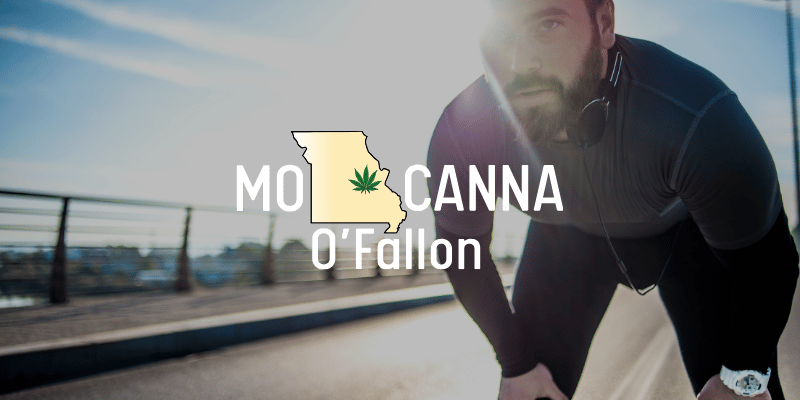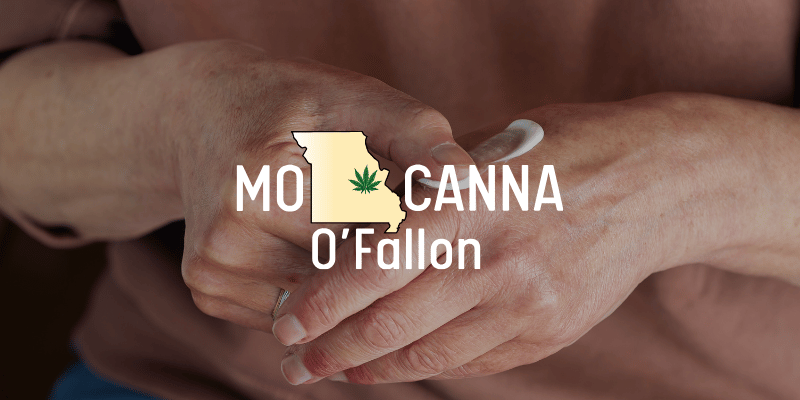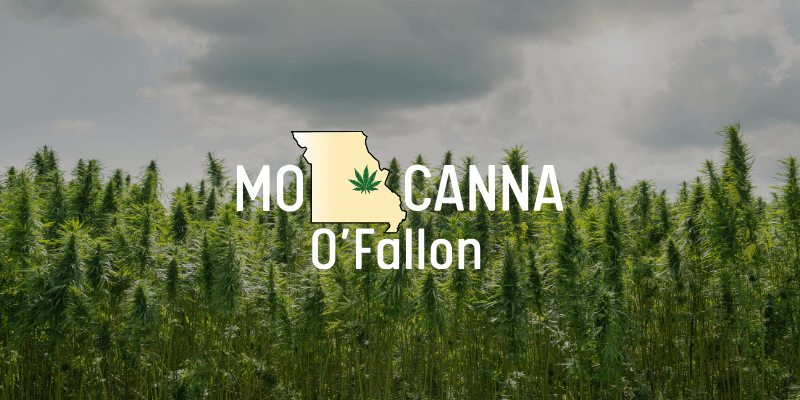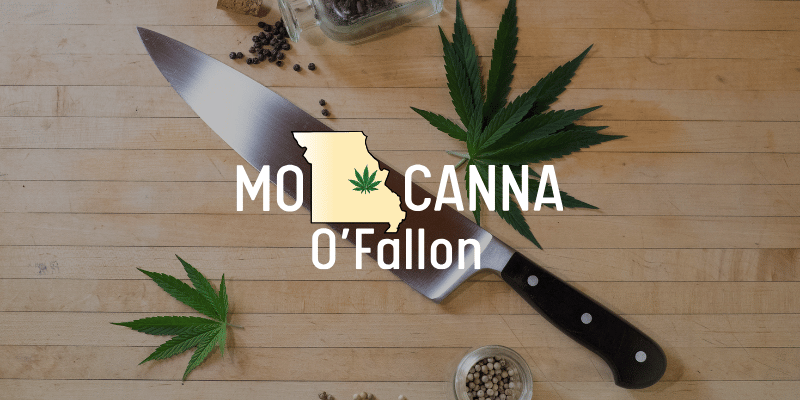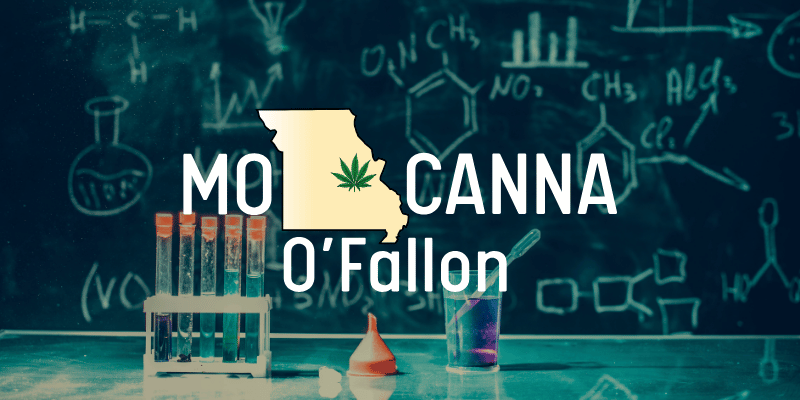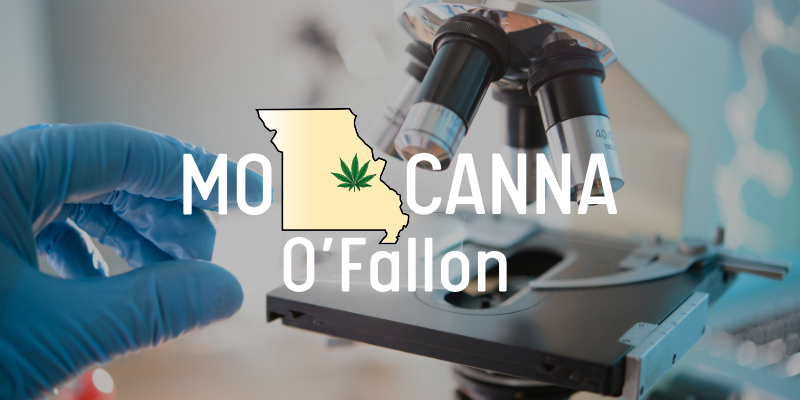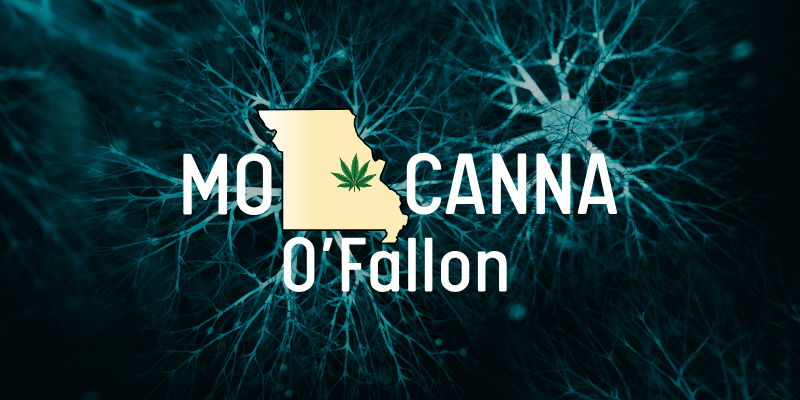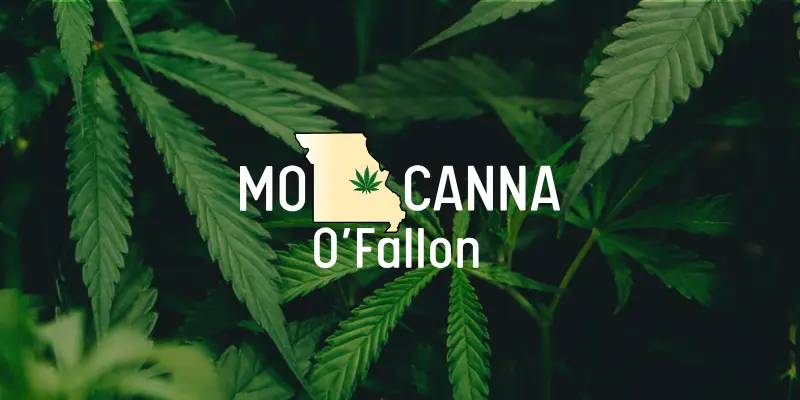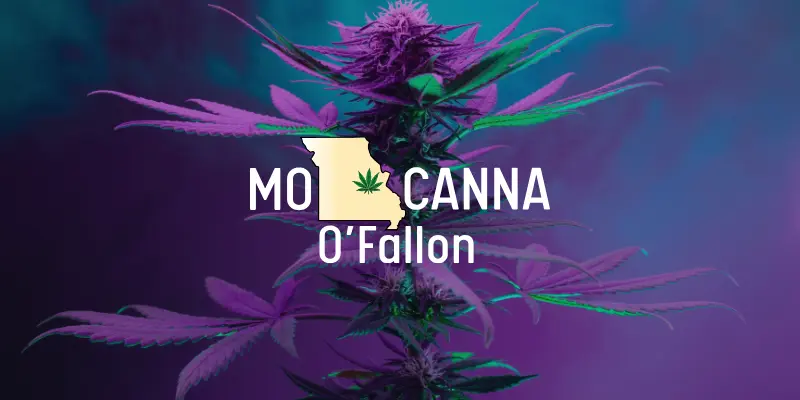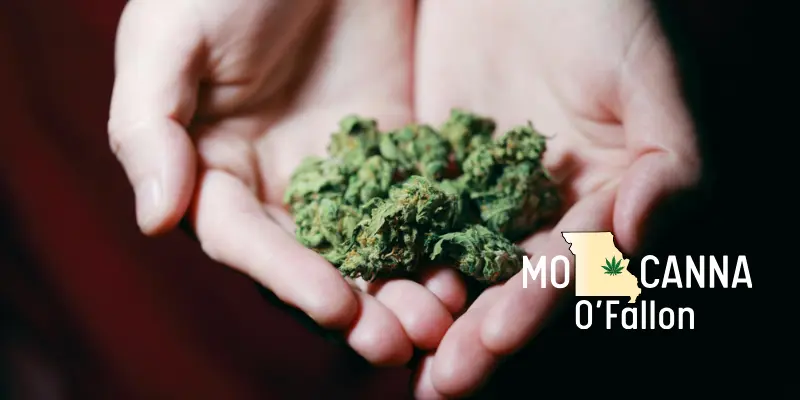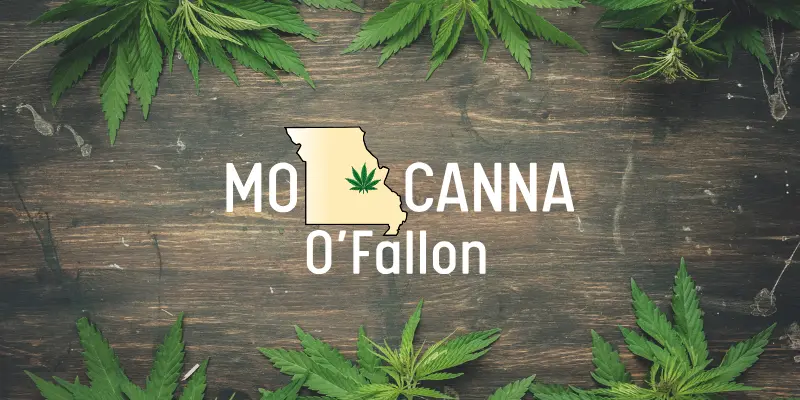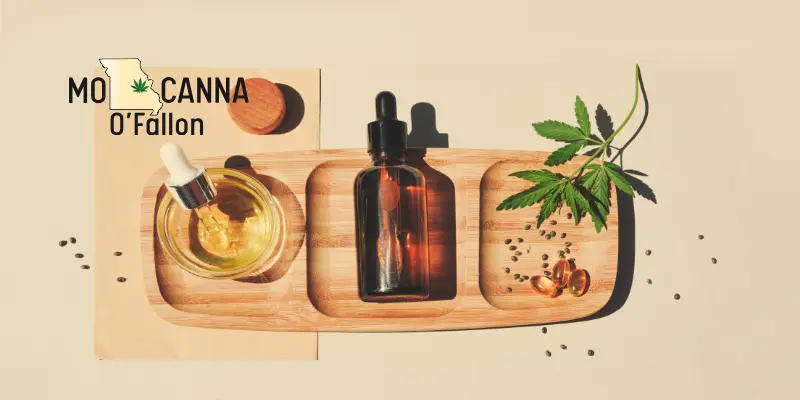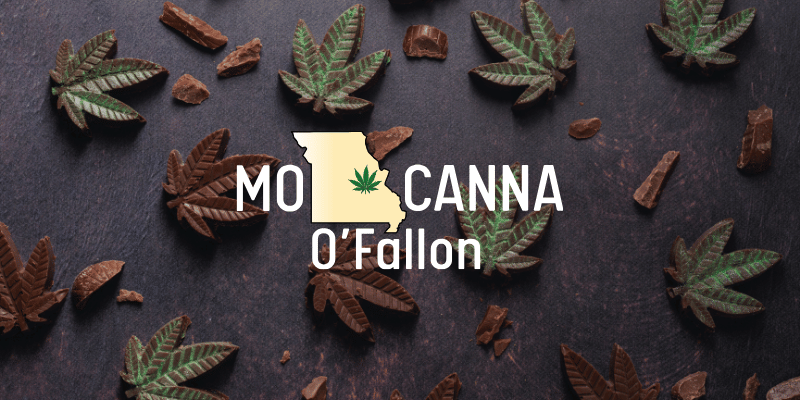
Mastering Edibles: Safe Dosing, Onset, and Metabolism
Edibles offer a delicious, smoke-free way to enjoy cannabis, but their unique pharmacokinetics require careful dosing and timing. In this comprehensive guide, we’ll cover decarboxylation basics, dosing calculations, factors affecting onset and duration, metabolism pathways, and tips to avoid common pitfalls. Use the bookmark links below to navigate:
- Introduction
- Decarboxylation & Infusion Basics
- Calculating Safe Doses
- Onset, Peak, and Duration
- Factors Influencing Metabolism
- Avoiding Common Mistakes
- Conclusion
Introduction
Edibles are prized for their discreet consumption and long-lasting effects, but inexperienced users can easily overconsume. Unlike inhaled cannabis, edibles pass through the digestive system and liver, creating potent metabolites and a delayed onset. Mastering edibles means understanding decarboxylation, precise dosing, and the metabolic journey of THC and other cannabinoids. For background on decarboxylation, see our Extraction Methods page.
Decarboxylation & Infusion Basics
Before cooking, convert THCA and CBDA into their active forms:
- Preheat Oven to 220°F (105°C).
- Break Flower into Chunks (avoid fine grind).
- Bake 30–40 Minutes, stirring once.
- Cool & Store in airtight container.
For infusion:
- Fat-Based (butter/oil): Simmer decarbed cannabis in fat for 2–3 hours at low heat, strain through cheesecloth.
- Alcohol Tincture: Soak in high-proof alcohol for 7+ days, shaking daily, then strain.
Calculating Safe Doses
Precision is key:
- Review COA: Find THC (or CBD) mg per gram (see Understanding COAs).
- Decide Target Dose: Beginner: 2.5–5 mg THC; Intermediate: 10 mg.
- Compute Required Infused Fat:
- Example: COA shows 200 mg THC/g. To dose 5 mg per serving:
- You need 0.025 g of flower (5 mg ÷ 200 mg/g) per portion. - Account for Yield Loss: Assume ~80% efficiency; adjust accordingly.
Label all servings clearly with precise mg per piece.
Onset, Peak, and Duration
- Onset: 30–90 minutes post-ingestion.
- Peak: 2–3 hours, due to liver conversion of THC to 11-hydroxy-THC (a more potent metabolite).
- Duration: 4–8 hours (sometimes longer), varying with dose and individual metabolism.
Patience is essential—never redose before the full onset period to avoid overconsumption.
Factors Influencing Metabolism
- Liver Enzymes (CYP450): Genetic variation affects conversion rate to 11-hydroxy-THC.
- Food Intake: High-fat meals can speed absorption and increase bioavailability.
- Tolerance: Regular users may require higher doses to feel effects.
- Age & Body Composition: Slower metabolism or higher body fat can extend duration.
Keeping a consumption journal helps track personal patterns.
Avoiding Common Mistakes
- Overestimating Onset: Wait at least 2 hours before considering more.
- Inconsistent Mixing: Stir batter thoroughly to ensure even infusion.
- Ignoring Labeling: Always mark infused vs. non-infused foods.
- Skipping COA Checks: Verify potency and absence of contaminants.
- Combining with Alcohol: Can amplify effects unpredictably.
By following these guidelines, you’ll minimize adverse experiences and maximize enjoyment.
Conclusion
Mastering cannabis edibles requires precision—from decarboxylation to dosing calculations and understanding metabolism. With the right knowledge, you can enjoy long-lasting, predictable effects safely and deliciously. For personalized guidance on edible formulations and dosing strategies, please reach out to us via our Contact page. We’re here to help you craft the perfect edible experience!
